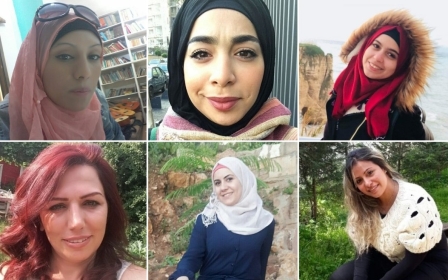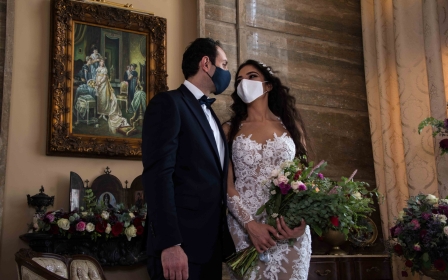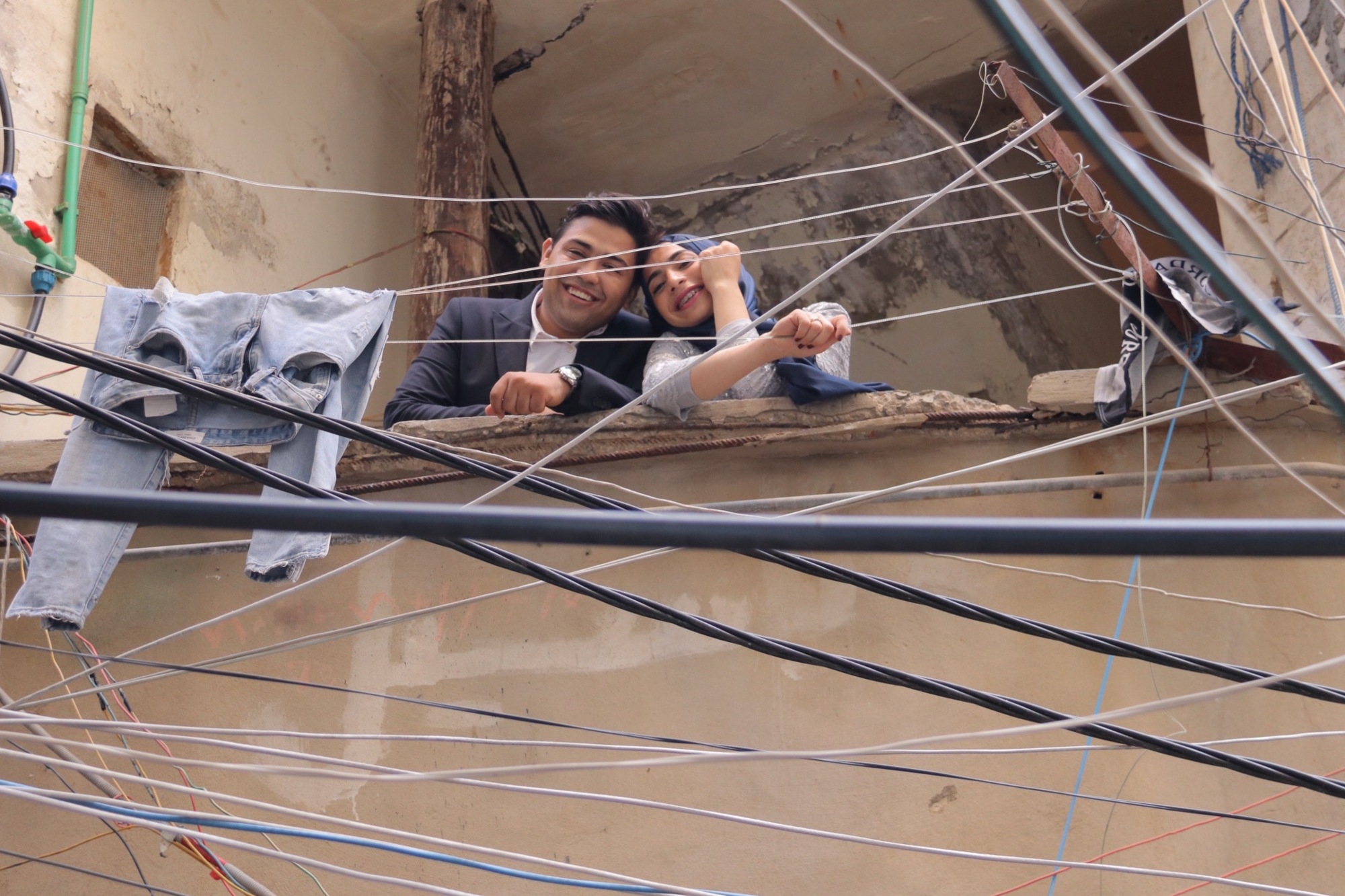
Lovestruck in Shatila: Palestinian couple challenges stereotypes in refugee camp photoshoot
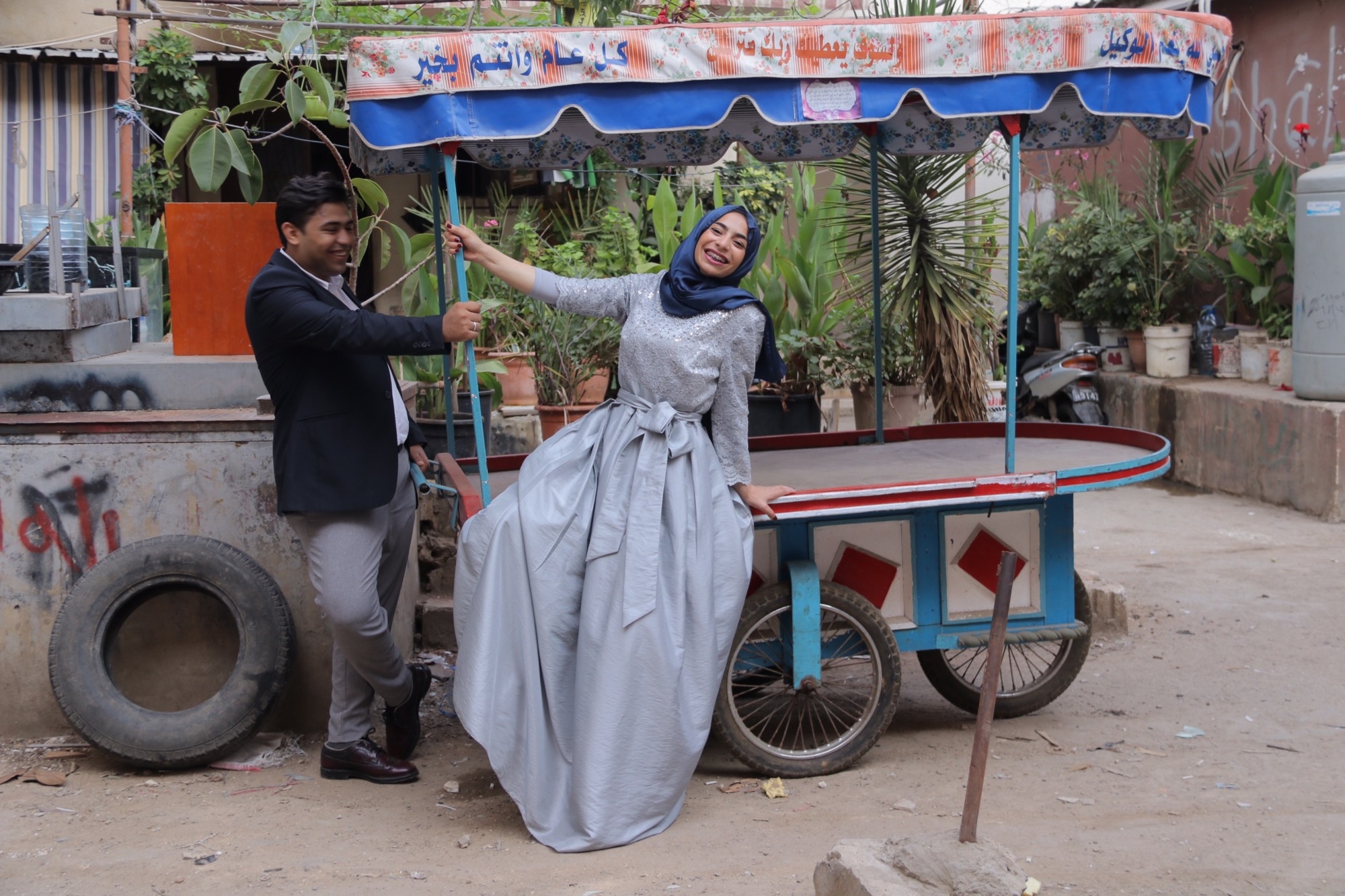
Finding the right place for a special photography session might be a daunting task for some couples - but not so for Rayan Sokkar, 24, and her fiance Samih Mahmoud, 23. Rayan knew she wanted to take their engagement photos in Lebanon’s Shatila refugee camp.
“Our camps have been stereotyped and labelled as ominous places, as centres for all kinds of criminal acts,” Rayan explained to Middle East Eye. “I wanted that to change. I wanted people to understand that there are other kinds of people in the camps.” (Supplied/Omar Ahmad)
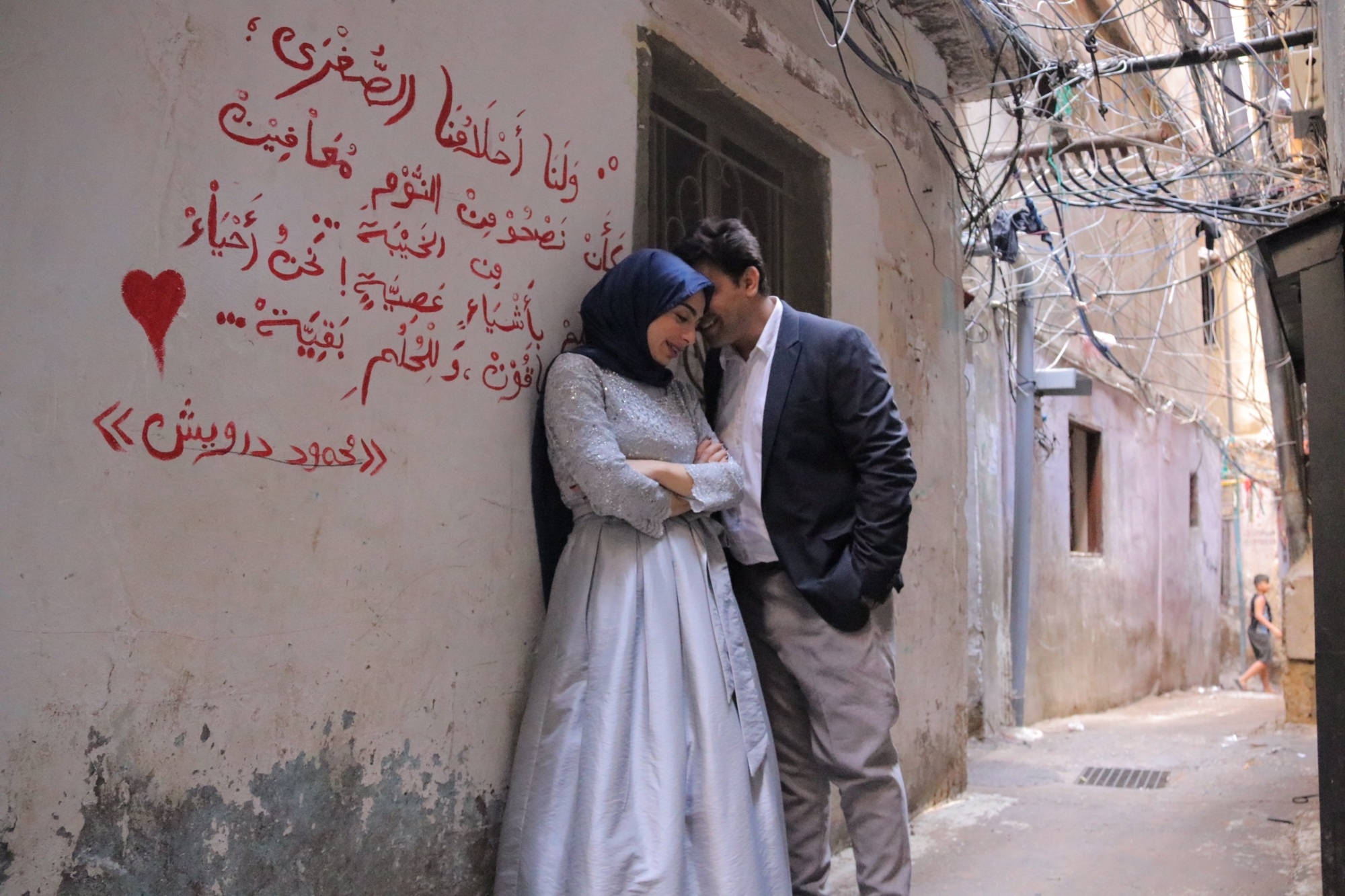
Rayan was born and raised in Shatila. Samih, who is originally from Yarmouk refugee camp near Damascus in Syria, has been living in Shatila ever since his family fled the war in Syria seven years ago.
The two Palestinians met in a journalism workshop in the camp in 2017. Samih says he fell in love with her back then but it took him a while to convince her to give him a chance on account of him being a year younger than her. In 2018, the two began dating and this year they decided to make their relationship official. (Supplied/Omar Ahmad)
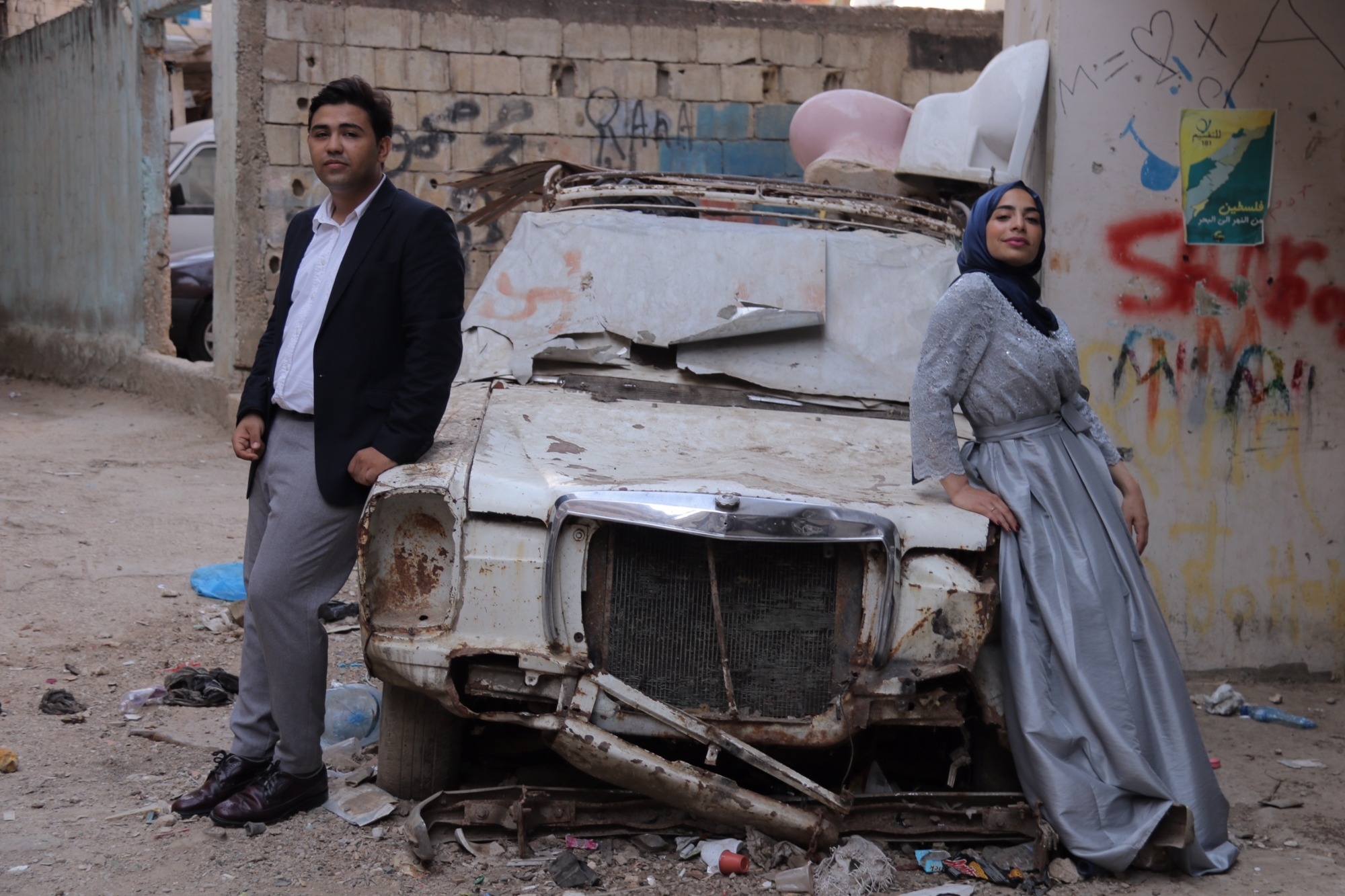
Located west of the Lebanese capital Beirut, Shatila refugee camp is well known for being the site of the infamous 1982 Sabra and Shatila Massacre, during which at least 1,300 people were killed by the Lebanese Phalangist militia under the supervision of the Israeli army.
While originally set up for Palestinians who fled during the Nakba, the camp is today home to more than 20,000 refugees from different backgrounds.
Living conditions in the camp are notoriously difficult, with cramped housing, dark narrow alleys and electric cables hanging dangerously low. In recent years, Shatila has become known for the increased presence of drug trafficking and violent gangs.
But Rayan does not like the stereotypes. “Bad people exist in all communities, but it does not mean we are all the same,” she says. “I hope this [image of the camp] will change.” (Supplied/Omar Ahmad)

Rayan did need to do a little convincing before Samih agreed to do the photoshoot.
“Initially, I did not like Rayan’s idea,” he told MEE. “I do not like the camp. I do not like the fact that we have been forced to live here...I was hesitant to go for it because I was worried about the reaction of our community.
“But then Rayan explained to me the message behind the choice of the place. Eventually she made me change my mind.
“My father did not like the idea at all either,” Rayan said. “My father wanted me to take the photos in a nicer place. He tried to tell me that the camp does not look like us anymore, but I insisted on going through with my idea.”
Samih said almost none of his friends were supportive of the idea, even his mother laughed at them. “When we were posing for the photos, my mother stood on the balcony and said: ‘You are such a funny couple’.” (Supplied/Omar Ahmad)
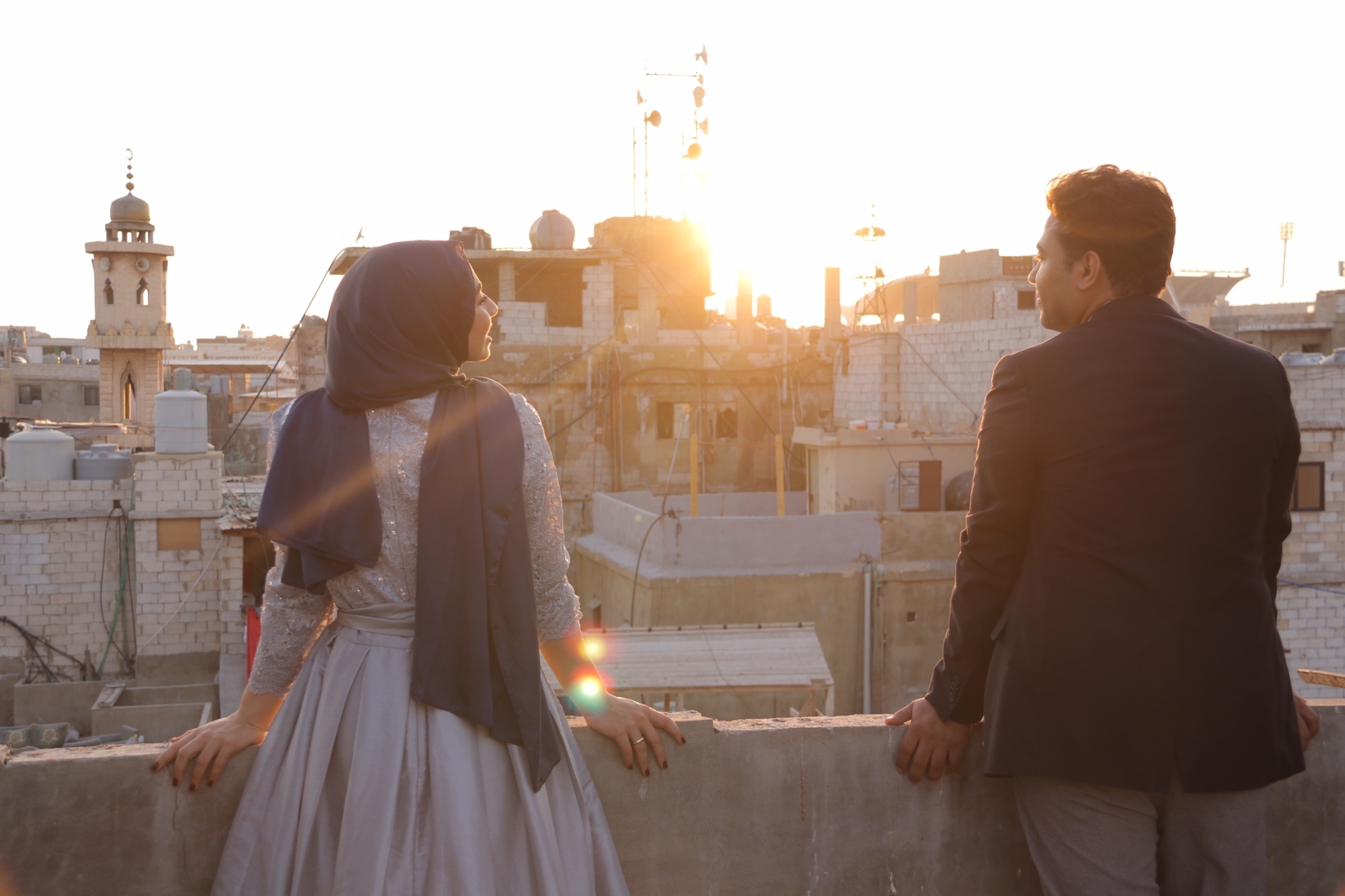
While laughing, Samih described how kids followed them around as photographer Omar Ahmad took pictures, and how everyone in the camp who saw them laughed.
“They changed their minds after we posted the photos,” he said.
After making them public earlier this month, Rayan and Samih saw their engagement photos quickly go viral, receiving coverage from several Arabic language publications.
“Everyone we know shared the photos, even people whose knowledge about the camps is very minimal,” Rayan said. “I am happy that we succeeded in overcoming geographic borders and social stereotypes concerning our camps.
“Now, more people know that we are ordinary people with ordinary dreams and ordinary lives, and the camps are just like other communities surrounding them, where good and bad coexist at the same time.” (Supplied/Omar Ahmad)
This article is available in French on Middle East Eye French edition.
Middle East Eye propose une couverture et une analyse indépendantes et incomparables du Moyen-Orient, de l’Afrique du Nord et d’autres régions du monde. Pour en savoir plus sur la reprise de ce contenu et les frais qui s’appliquent, veuillez remplir ce formulaire [en anglais]. Pour en savoir plus sur MEE, cliquez ici [en anglais].


